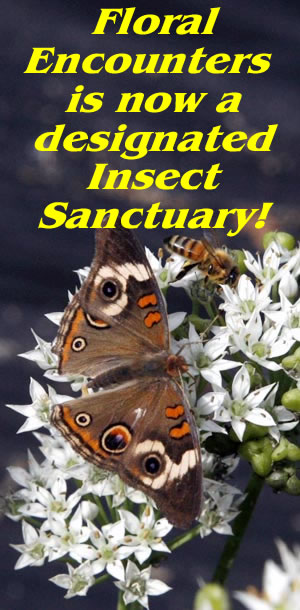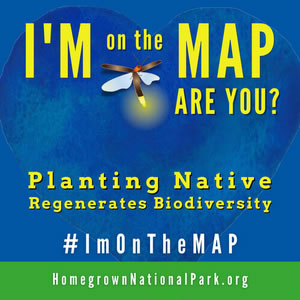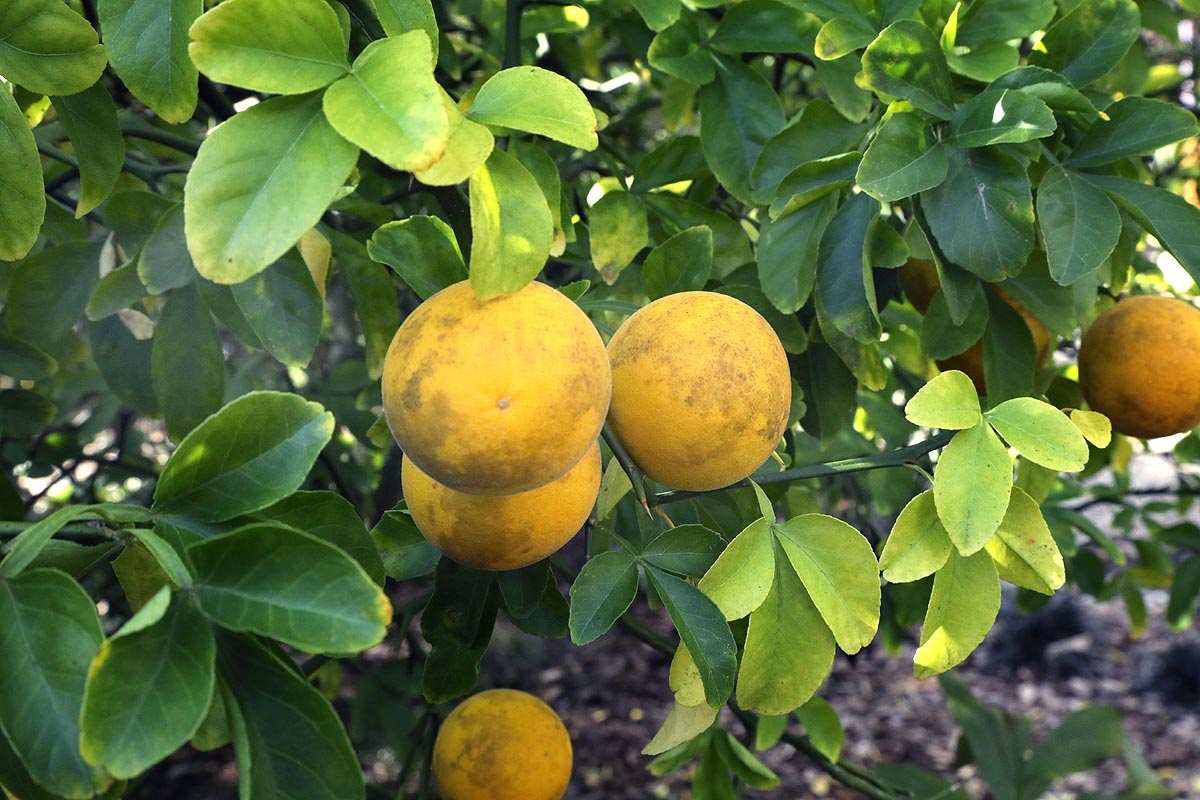A lovely small tree that produces bitter citrus fruit up to zone 6, although some suggest 5 with protection. A very thorny tree what produces masses of lovely white flowers in early to mid spring that are followed by bright orange citrus fruits which are very aromatic and give the tree an attractive interest. The fruits are bitter but can be used in making marmalade and the juice can be used like lemons. The fruits are also strongly medicinal. Very easy to grow from seed makes an attractive small tree, and takes well to being potted. It can also be grown as a protective hedge as nothing will get through the vicious thorns it produces. However wildlife love it. Pollinators and butterflies flock to the flowers the its a major host Giant Swallowtail butterfly caterpillars and birds love to build their nests in it as is provides so much protection from predators.
Needs full sun in cooler zones some shade in warmer ones and takes little care once established although a little pruning can make it look more attractive.
Description of Bitter Orange (Poncirus trifoliata).
Small tree growing to less than 20 feet (6 m). It is hardy to zone 6 some say zone 5. It has been recorded surviving to -10 F (-23 C)! This was a rare one off occurrence and should not be taken as 'normal'. It is the most hardy of the citrus trees and it sheds its leaves in winter unlike most other citrus. It is grown more for its interesting shape as the branches grow in twisted shapes that tangle together and are protected by long vicious thorns up to 2 inches (5 cm). The bark is noticeably striped making this interesting and attractive plant stand out even more. The thorns make it a very effective barrier for almost any animal or human.
The leaves are quite different from most citrus species being compound consisting of three lobes - hence its name trifoliate. Leaflets are mostly oval with wavy edges and from 1-2 inches (2.5-5 cm) long they are waxy, stiff and occur in far less numbers than most trees produce.
In early to mid spring the flowers appear in large numbers on old wood, making this an extremely attractive ornamental. Flowers are up to 2 inches (5 cm) in diameter which is larger than most citrus species but they are not as fragrant. Flowers are followed by globe shaped fruits orange from1.25 -2 inches (3-5 cm) in diameter. They begin green and turn bright orange and are very fragrant. These usually occur in larger numbers making the tree stand out and very attractive. The fruits are very tart and not edible raw unless the juice is extracted and diluted. Fruits also contain large numbers of seeds so preparation is required before eating. The plant is self fertile so only one is required to produce fruits.
Growing Bitter Orange (Poncirus trifoliata) from Seed.
IMPORTANT. These seeds need to be kept moist. If they dry out they die very quickly. If you order these seeds from another vendor that sells you dry seeds its very likely they will not germinate. Additionally these seeds need a period of at
least 60 days cold moist stratification before they will germinate.
Good News! We do this for you. We have developed a method of completing moist cold stratification and then send seed to you in a moist zip lock bag so they are ready to plant as soon as they arrive. We recommend you place them in the refridgerator for at least two days after they arrive to 'reset' them then plant immediately. Keep seeds moist at all times. Dry = Die!
It is vitally imporant that you remove the seeds from the zip loc bag as soon as they arrive or they WILL go moldy. Complete instructions on how to deal with and care for your seeds comes with every order.
Sow seeds in individual pots in warm soils as soon as you get them no matter what time of year. If sowing in winter make sure the pots are in a warm environment with plenty of light. seedlings will not survive outside in wintertime. Late winter or early spring are the best times allowing seedlings to grow and flourish repotting as the year progresses. Transfer from small to larger pots for the first year of life. Plant out in spring of the second year after danger of frost has passed to give trees plenty of time to acclimatize to their new home.
Location and Care of Bitter Orange (Poncirus trifoliata).
Full sun is recommended for colder zones but some partial shade and be offered in zones 7b and warmer. In cold zones (6a and higher) plant in a sheltered location or any discernable 'warmer spot' you have to ensure good growth. While plants will grow in more shaded locations they will not produce as many flowers or fruit.
Its not too picky about soil type or pH that is not really acidic. It will grow in almost any kind provided it does not stay water logged. Prefers light soils with some organic material for best growth, fruit and flowers However regular water is necessary if flowers and useable fruits are desired. A small amount of water twice a week maybe from a soaker hose around the base would be ideal during flower and fruiting season. This will ensure good growth of fruits grow well. If rainfall is sufficient then no water is required. Do not overwater or fruits may split. If fruit collection is not required then plants can be left alone they are fairly drought tolerant and would only require a little water in prolonged drought.
Trees are fairly slow growing so mulching around the base of the plants or use of a weed blanket may be desirable to help ensure that trees are not overrun before they become established, even then keeping are under the plants clear is desirable as weeding under these trees is difficult and unpleasant.
Pot plant.
Since its fairly slow growing Bitter Orange makes an excellent potted tree. It can be pruned to shape and makes looks very attractive when flower and fruiting. Ensure lower branches are removed to ensure easy of moving the pot. Keep slightly moist at all times as potted trees dry out much faster than those in the ground. If in cooler zones move pots to an unheated garage next to a window in the winter months. replace outside in early spring when temperatures have consistently risen to about 40 F (4.4 C)
Pruning of Bitter Orange (Poncirus trifoliata).
Best carried out just after flowering, pick a cool day as you will need to wear thick gloves and coat to protect from the thorns. If planting as ornamentals to enjoy the fruits its best to keep an eye on them right from young and remove any cross branches and dense spots. A more open tree will look better give more airflow and produce more fruit that can easily be removed. If fruits collection is desired having a well pruned tree is essential otherwise you will need to wait until the fruits fall to the ground and pick them up. Ensure all lower branches are cut up the trunk so you can access the ground beneath the tree.
If growing and a protective hedge less pruning may be required. While good airflow is still recommended for healthy plants density may be more desirable. In this case leaving trees alone or just cutting into a shaped hedge may be the best option.
Pollinator and Wildlife with Bitter Orange (Poncirus trifoliata).
The flowers of this tree are very popular with bees, butterflies and other pollinators. Since it blooms early in the year it is a great early source of nectar. It is also the larval host plant for the Giant Swallowtail butterfly, so if you see caterpillars on your plant, don't throw them off! Although you may need to protect very young trees so they don't get eaten to death before they are large enough to support these beautiful insects.
Harvesting Bitter Orange (Poncirus trifoliata).
Harvest fruits when they turn full orange. If trees are too thorny or too tall wait until the fruits are bright orange then use a long stick, broom or other long pole to knock the fruits off the tree and retrieve from the ground. If the tree is fairly small shaking the tree can also detach fruits but care should be taken. Being bombarded with small oranges can be painful. Do not leave fruits on the ground, wildlife also enjoy them. Ensure low branches are removed so you can get below the tree.
Once collected its best to store the fruits in the refrigerator for at least two weeks as this will increase the juice yield. Fresh fruits produce only small amounts.
Culinary Uses of Bitter Orange (Poncirus trifoliata).
The juice is very rich in vitamin C but is very bitter. It can be used fresh in a similar way to lemons although some people like to dilute it first. It can be used to make very refreshing drinks, added to cocktails or flavor ice cream. A good addition to lemon style salad dressings. Fruits contain a large number of seeds so processing them is time consuming. However they are commonly used to make English style marmalade which is far more bitter than the sweet American style. The peal can also be dried and used as a flavoring or to make herbal teas and liqueurs as well as a condiment.
Medical uses of Bitter Orange (Poncirus trifoliata).
A strongly medicinal tree. The stem bark is used to treat colds but mostly its the fruit that are used as they contain a number of active constituents. Both ripe and unripe fruits are used once the seeds are removed the whole remaining fruit is used. Unripe fruits have a stronger effect than the ripe ones so treatment and dosage will depend on the severity of the case. It is used to treat many digestive issues including constipation - as a laxative - abdominal distention and heartburn. It is effective in removing stagnancy in the gut and cleansing to increase vital energy through the spleen and stomach. It is also used to help prolapse of the uterus, rectum and stomach as well as constricted sensation in the chest. The peal both fresh and dried are used to improve appetite and may help with weight loss. Externally applied to the skin it helps reduce inflammation especially around the eyes.
Other uses of Bitter Orange (Poncirus trifoliata).
Due to the extreme hardiness of this plant the rootstock is often used to graft other species of citrus for making more desirable cultivars.
Is this Bitter Orange (Poncirus trifoliata) a Flying Dragon?
Most likely not. While the original tree we began with was a Flying Dragon the seedlings we have grown from it don't all seem to have that style of twisted branches but are straighter. Very few seem to take on the traits of their parent so we have abandoned even the likelihood of seeds being Flying Dragon and no longer collect seeds from that particular tree.
Personally I like the non Flying Dragon better as its a much easier tree to work with. Getting fruits off the flying dragon is a unpleasant and painful chore. The regular bitter orange still has flattened branches and wicked thorns so it makes a great hedge but its not twisted and is easier to work with. We do after all grow plants for their herbal properties as well as their aesthetics so harvesting from a twisted mass of branches that seem out to rip your skin to shreds even through heavy clothing and gloves., is not a chore I relish
Twisted varieties also need a lot more care and pruning especially in areas where humidity gets high in the summer months. The dense foliage is prone to fungal and mold attacks. Flying Dragon really needs constant pruning to keep the branches sparse. IF this is done the trees can look very attractive but it takes a lot of work.
Other names.
Bitter Orange, Chinese bitter orange, Citrange, citrangequat, Citrus trifoliata, Contorted Flying Dragon, Flying Dragon, Flying Dragon Citrus, Hardy orange, Japanese bitter-orange, Japanese hardy orange, Japanese Orange, Mock Orange, Trifoliat Orange, Trifoliata, Trifoliata Orange, Trifoliate Orange,
Synonyms
Aegle sepiaria. Citrus trifoliata. Limonia trifoliata.











